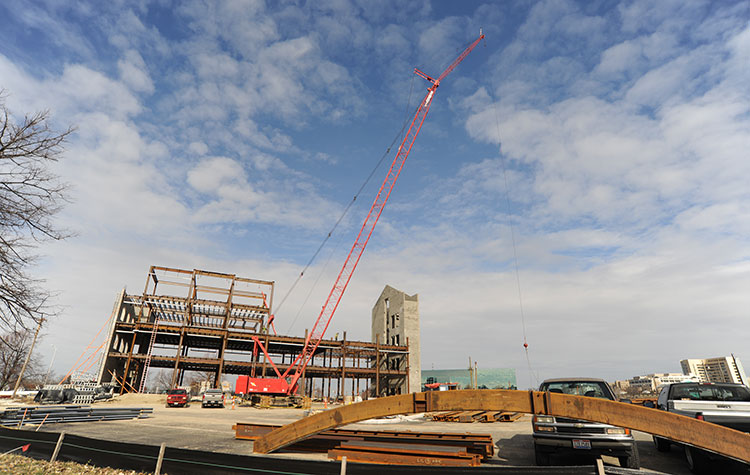Design Guidelines for Polyethylene Pipe Interface Shear Resistance
Document Type
Article
Publication Date
6-2009
Publication Source
Journal of Geotechnical and Geoenvironmental Engineering
Abstract
Polyethylene pipes are commonly used in pipeline systems. Current methods used to determine the pipe pullout capacity do not consider the effects of diameter changes and cyclic movements that the pipelines may experience. Laboratory tests were performed to study the interface shearing resistance of polyethylene pipes under varying conditions. The tests were performed in a temperature-controlled room, where properties were investigated for thermal variations expected in the field. Two types of tests were performed: pull/push tests and cyclic tests. Test results indicated that reductions in pipe diameter affect the interface shear resistance that develops between the pipe and soil. As the pipe diameter gets smaller, the normal contact stresses at the interface decreases, causing a reduction in the interface shearing resistance directly proportional to the normal stress changes. Cyclic pipe movements also cause significant reduction in pipe pullout resistance. The test results indicated that the polyethylene pipe interface shear resistance can be significantly lower than the one determined using the current methods. This paper presents the test results, findings, and design recommendations for the pullout resistance of buried polyethylene pipes.
Inclusive pages
809-818
ISBN/ISSN
1090-0241
Copyright
Copyright © 2009, American Society of Civil Engineers
Publisher
American Society of Civil Engineers
Volume
135
Peer Reviewed
yes
Issue
6
eCommons Citation
Bilgin, Ömer and Stewart, Harry E., "Design Guidelines for Polyethylene Pipe Interface Shear Resistance" (2009). Civil and Environmental Engineering and Engineering Mechanics Faculty Publications. 42.
https://ecommons.udayton.edu/cee_fac_pub/42
COinS




Comments
Permission documentation is on file.